The insulation's R-rating determines its ability to bar heat from passing through it. Thus, the higher the R-rating, the more efficient the thermal performance of the insulation. Wondering then what R-rating is suitable for attic insulation? We researched the topic, and here's is what we have to share.
The R-rating for attic insulation varies depending on where you live and whether your attic is uninsulated or has existing insulation. If the attic is uninsulated, the U.S. Department of Energy proposes a minimum rating of R30 for hot climates, R38 for temperate climates, and R49 for cold temperatures. If the attic has insulation of about 3 to 4 inches, you can use a minimum rating of R25 for hot climates and a minimum of R38 for both temperate and cold temperatures.
Insulating your home retains the heat inside your home during the cold season while preventing the outdoor summer heat from entering the house. Continue reading to discover more on choosing the appropriate R-rating for your attic. We will also explore factors to consider before insulating the attic and the benefits derived from insulating your attic.
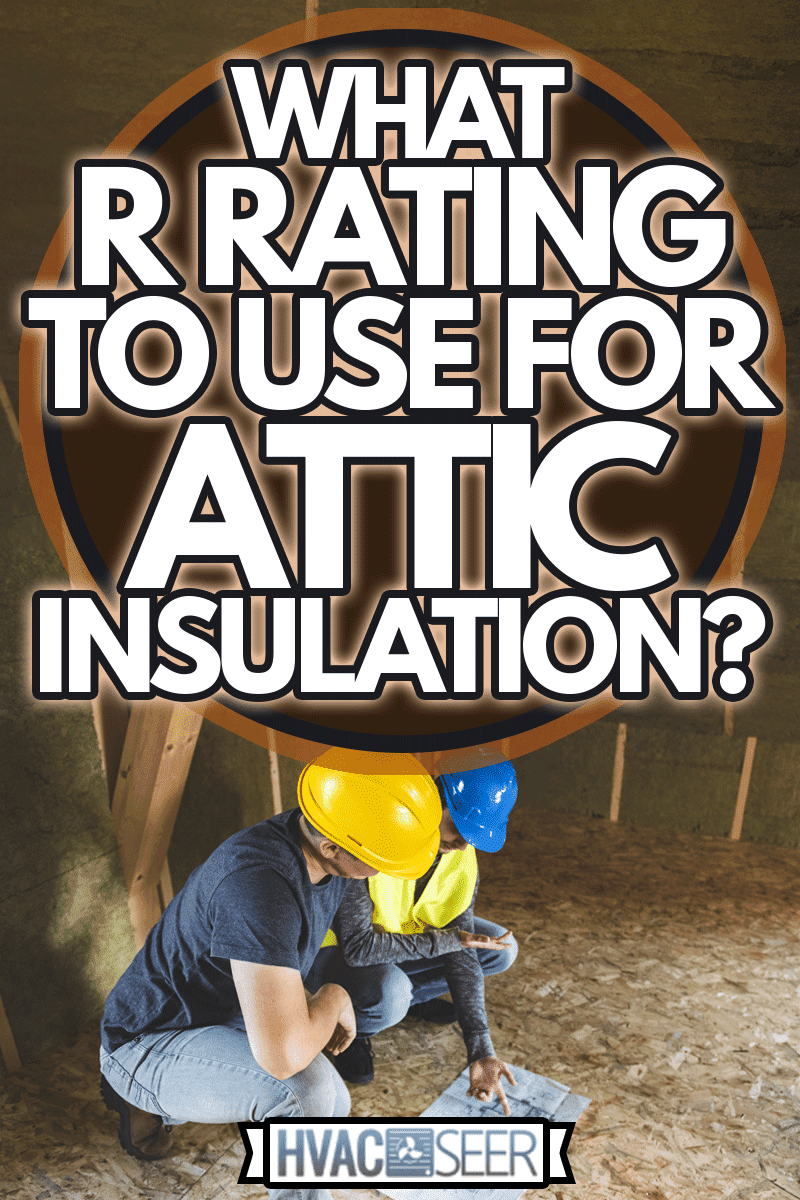
R-Rating For Attic Insulation
Heat energy is always in motion from hot to cold regions. Insulation minimizes this movement, keeping your indoor temperature at suitable levels by reducing the impact of outdoor temperatures. Thus, your house does not turn into a sauna during summer or become chilling cold over winter.
Your house's climate zone and location will determine what minimum R-rating to use for insulating your attic. Additionally, you will need to consider whether your attic is uninsulated or has existing insulation with a thickness of about 3 to 4 inches.
Hot Areas
Areas classified as hot climate areas are listed in zones 1 to 3. For an uninsulated attic in zone 1, the rating ranges from R30 to R49. The upper limit increases for regions in zone 2 and 3 to R60. In contrast, if insulation is already installed in your attic, you can add insulation with a rating ranging from R25 to R30 for regions in zone 1 and R25 to R38 for areas in zone 2 and 3.
Temperate Regions
Areas in zone 4 are categorized as temperate regions. Here, you'll need a minimum rating of R38 for both an uninsulated attic and a previously insulated attic. The maximum allowable rating for an uninsulated attic is R60.
Cold Areas
The cold regions comprise areas in zones 5 to 8. For these regions, you should have a rating ranging from R49 to R60 for an uninsulated attic and R38 to R49 where you are adding insulation.
What should you consider before insulating your attic?
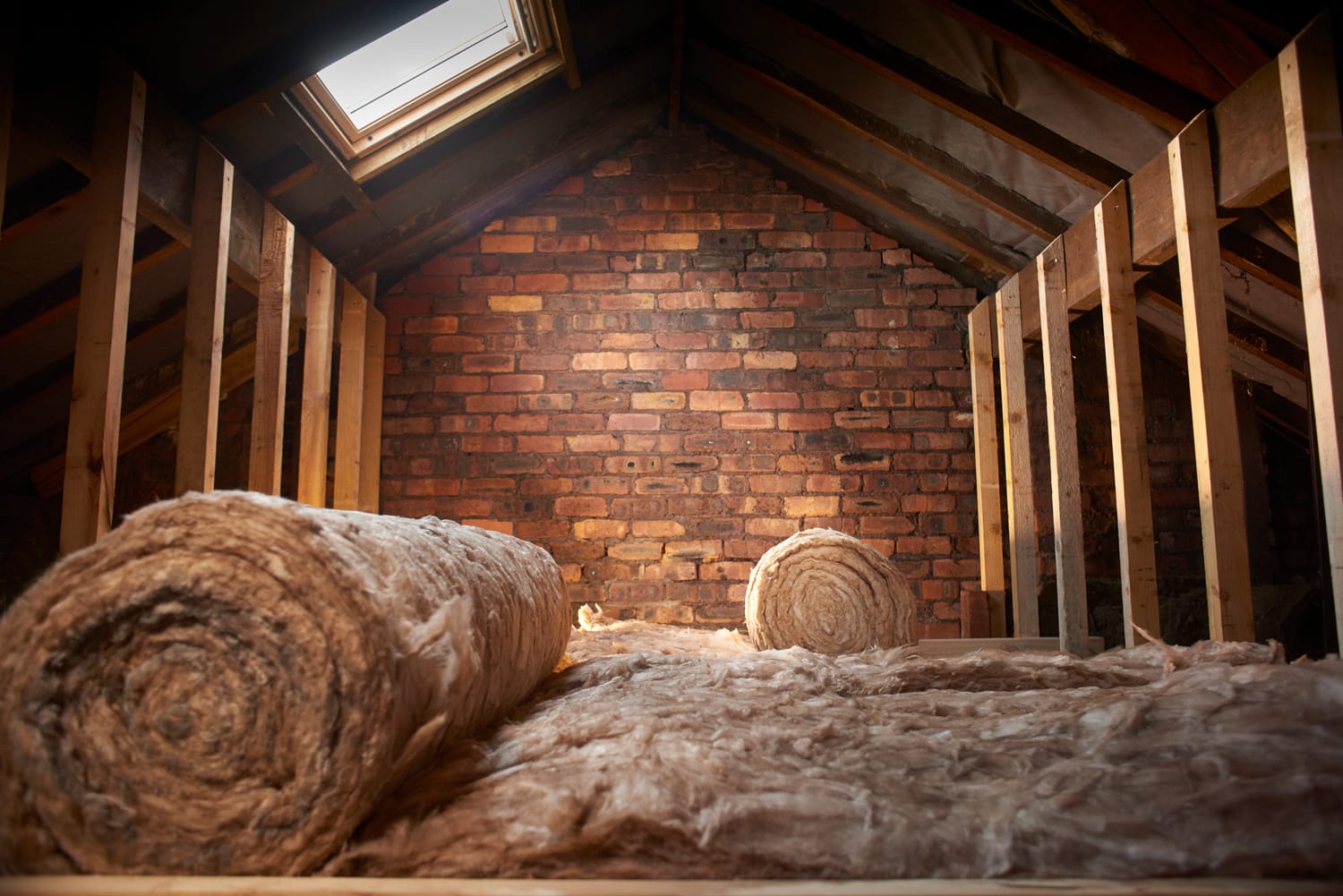
There are many advantages accrued by insulating your attic. However, in a few instances, insulating the attic can result in severe problems in your home. Furthermore, if the exercise is not done correctly, it can cause more harm than good. Taking these factors into consideration will mitigate your risk exposure.
Your Home's Engineering
Most older homes were built with large gaps to allow moisture that seeps into the house to dry without damaging the structure. Therefore, filling these spaces with insulation could result in rotten wood and mold problems since the roofing materials would not dry as expected. Further, the insulation material would absorb moisture and become thoroughly inefficient.
Attic Inspection
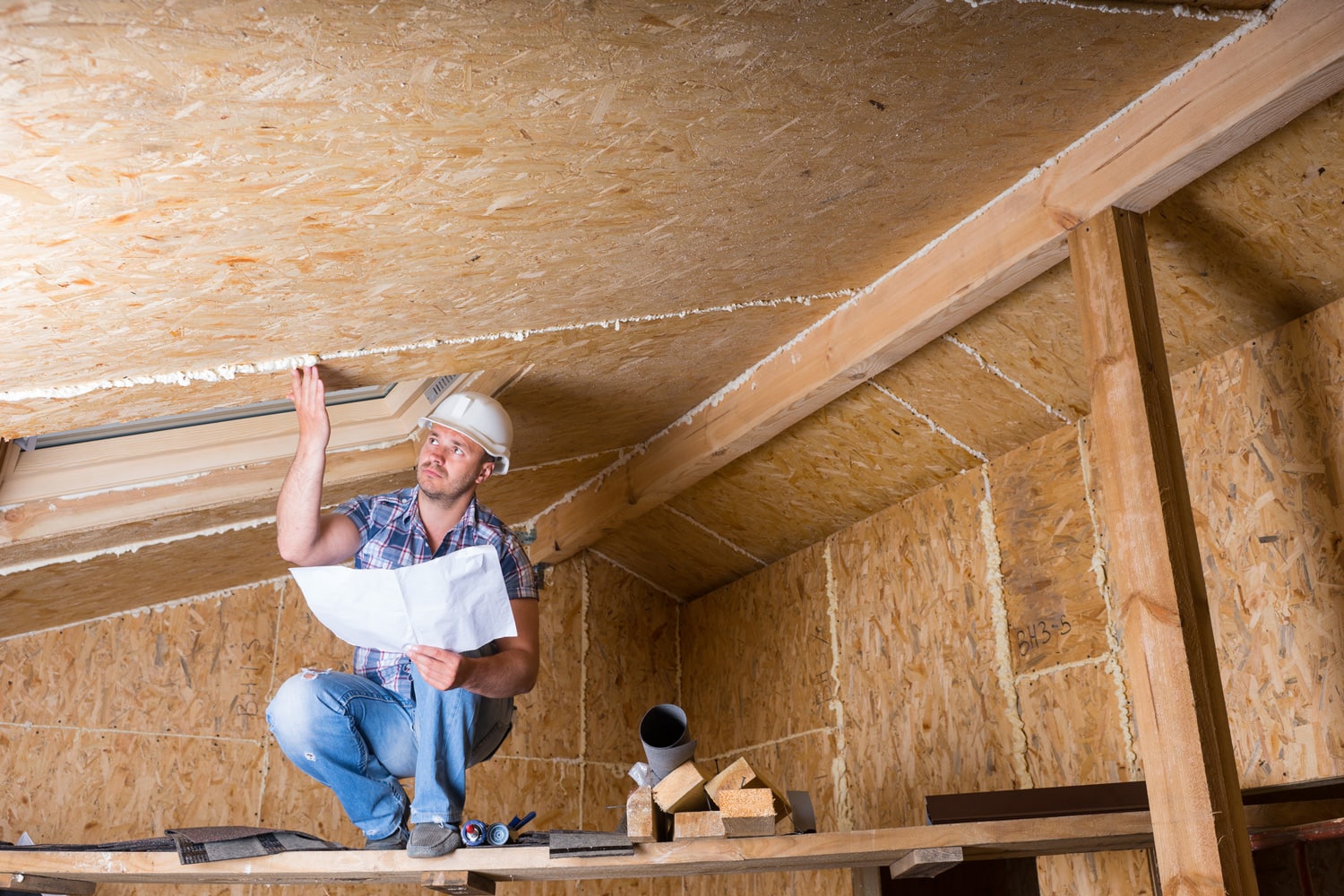
It is critical to ensure that the attic is free from any moisture problems before insulating the attic. Inspect the attic for damp spots that may indicate moisture problems. Once identified, determine the cause and eliminate it before fixing your insulation.
Also, inspect the rafters to identify if they are compromised by moisture. Check whether the rafters are sagging or have a spongy feel. If you determine that the rafters are damaged, change them as soon as possible since jeopardized rafters expose you to higher risk levels. Compromised rafters are often an indication of a failing roof.
Take note of the positioning and condition of the wiring in your attic. If you notice questionable wiring or corroded electrical connections, you can engage an electrical contractor. Also, ensure that the attic has enough space to maintain a suitable gap between lighting fixtures and the insulation. These lighting fixtures can create fire hazards if covered with insulation.
Sealing All Gaps
Gaps allow outdoor air to enter and influence the temperature in your attic. Call on a professional to help you identify any hard-to-see cracks and gaps. Moreover, the professional can also assess whether your roof's ventilation system is in good working condition. Proper ventilation deters heat and moisture buildup in the attic.
Checking The Current Insulation
Insulation deteriorates over time. Therefore, it is good practice to regularly assess the condition of your attic's insulation and remove any damaged insulation material.
Selecting The Right Insulation
An expert can help you identify what insulation is suitable for your attic. The expert will consider the insulation's R-value and amount of space available in the attic for insulation. It is also essential to stick to your budget. There are various quality and pocket-friendly insulation options in the market. You do not need to break the bank to install insulation in your attic.
Why should you insulate your attic?
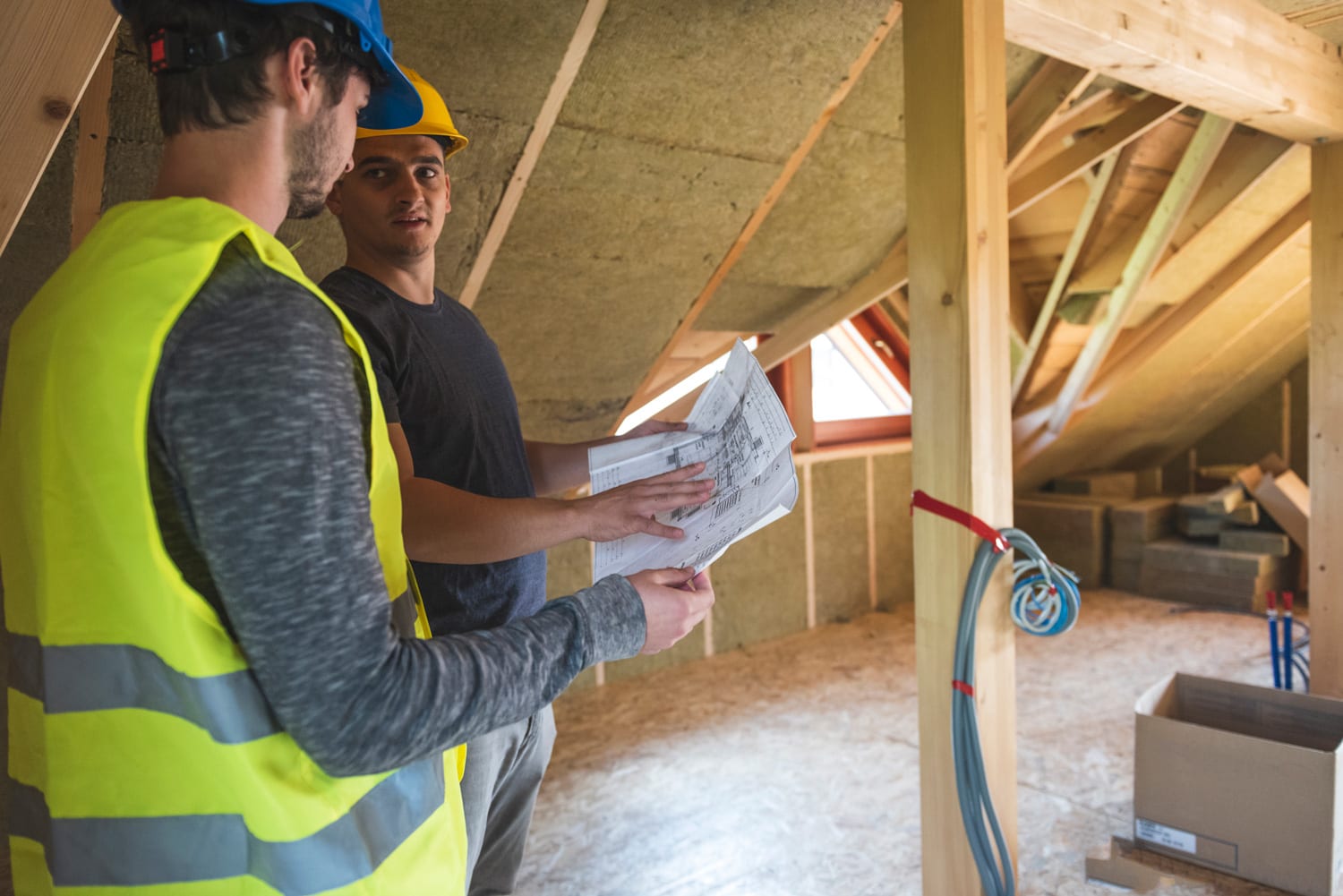
The attic is designed to offer a protective barrier for your home from humidity, heat, and cold weather. However, you need to insulate your attic correctly to enjoy this protection.
If you are not very hands-on, you can engage a qualified contractor to assess and insulate the attic, assuring you of a professional finish. Although insulating the attic is a moderately challenging task, the benefits derived from this exercise make every bit of the hassle worthwhile.
Lower Utility Bills
You spend a lot of money on utilities when the attic is uninsulated or under-insulated in a bid to maintain comfortable temperatures in your home.
Insulating the attic can reduce your heating and cooling costs by about 15%. These savings may also translate to a reduction of the total energy costs by an average of 11%.
However, the actual savings will also depend on other factors such as the type of heating system in place, your family's lifestyle, and your home's design.
Safeguarding Your Home's Structural Integrity
Insulating your attic minimizes progressive damage to your home, resulting from exposure to elements such as moisture and heat. The insulation keeps the moisture from permeating and causing the walls to rot. It also minimizes heat buildup in the attic that would otherwise trigger swelling and cracking of shingles on the roof.
Since insulation deters moisture buildup in the attic, it prevents the growth of mold, which needs moisture to thrive.
Insulation also prevents ice dams from forming. These ice dams form when the snow's insulating properties trap hot air in the attic, which then causes snow to melt.
However, the melted ice flows as far as the overhanging eave structures and refreezes. When you insulate the attic, the air in the attic remains below the freezing point since heat does not move from your home to the attic.
Minimizing HVAC Wear And Tear
Poor insulation causes your HVAC system to overwork in a bid to maintain pleasant temperatures. Insulating the attic minimizes your HVAC's wear and tear since it does not need to work overtime to achieve and maintain comfortable temperatures. Additionally, because the appliances are not overworked, they do not break down as often.
Better Air Quality
Insulating your attic intercepts the inflow of pollutants such as dust, dirt, and mildew into your home. These pollutants can severely compromise the health of those in your home if left to accumulate, leading to respiratory complications. The insulation keeps the pollutants circulating throughout your home, allowing your family to enjoy cleaner indoor air.
Improved Indoor Comfort
If your attic is underinsulated, you will experience extreme temperature variations since the indoor temperatures will vary depending on how outdoor temperatures change. Further, you will also notice temperature variations from one room to another.
Insulating the attic keeps your home comfortable by reducing the impact of outdoor temperatures on the temperature indoors. Moreover, insulation also enables you to maintain suitable temperatures in all rooms in your house.
Protecting Your Pipes From Freezing
Frozen water pipes can cause significant damages to your home that will be pretty costly to repair. Insulating your attic will protect your water pipes from freezing if they run through the attic. Moreover, attic insulation helps conserve energy by reducing heat loss from the hot water pipes.
Final Thoughts
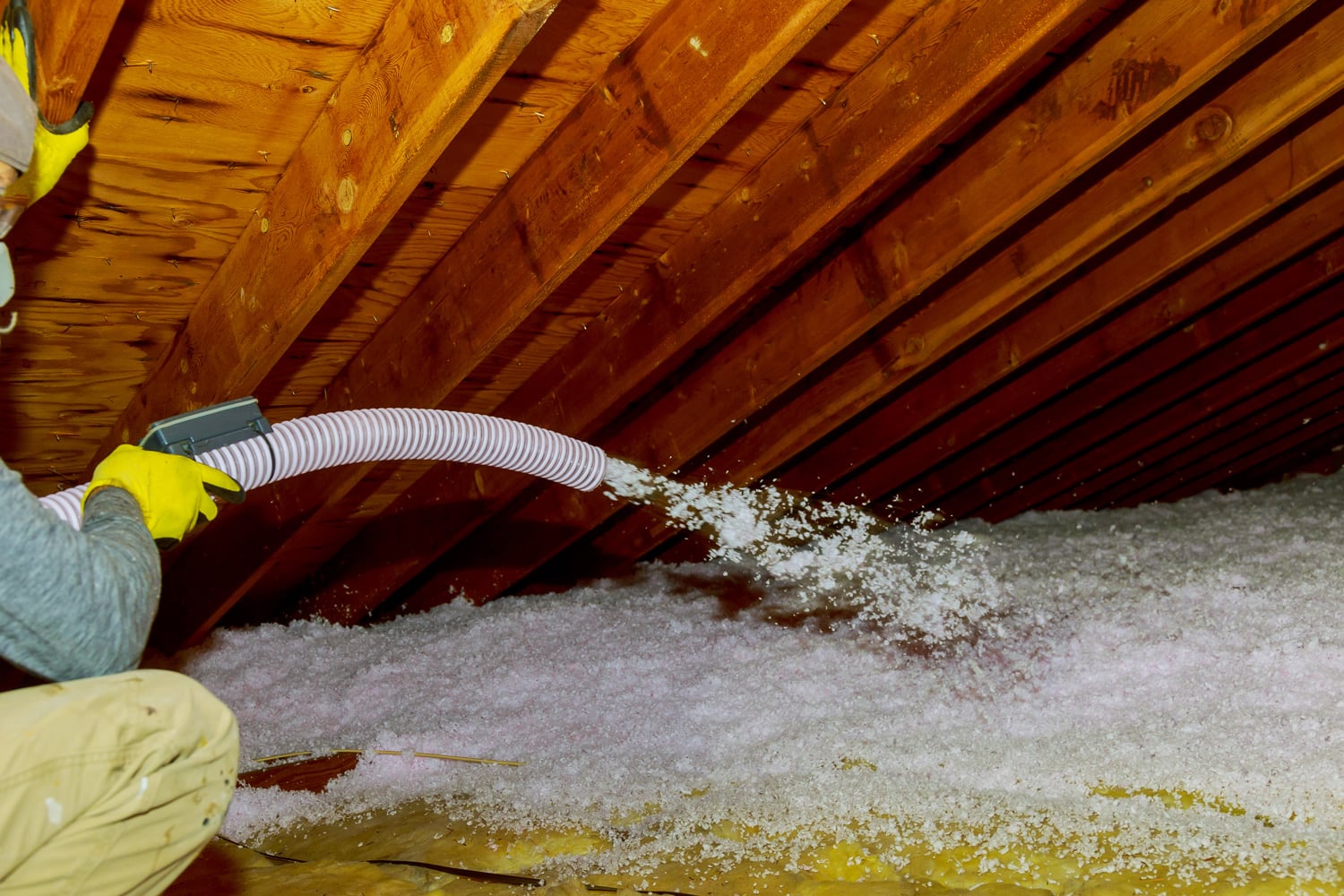
Investing in proper insulation for your attic can go a long way in improving your day-to-day comfort and lowering your utility bills. It is prudent to evaluate the current condition of your attic to determine whether there are challenges that first need to be addressed before fixing the insulation.
If you live in an older home, consult an architect who will advise you on whether insulating your attic is a suitable home-improvement project. That way, you will avert any risks that may result in your home's structural damage.
Before you go, you might want to check out these other posts about attic insulation:
Should You Install Radiant Barrier In The Attic? Pros & Cons
